Years ago, a friend, I’ll call him Zeke, gave me two tobacco samples in baggies labeled simply “A” and “B,” asking me to give him my thoughts. I smoked both in a variety of pipes, and gave him a call. “Are you taking the mickey? They’re the same. One may have a bit more age on it, but they’re otherwise identical.” He filled me in.
Tobacco “A” came from a well-known tobacconist’s shop, along with a very high price tag and a fanciful tale of its origin: carefully selected, hand-picked leaf, delicate blending, extended pressing, long-term aging in antique casks, and other rarified hot air. “B,” in contrast, was a slightly aged sample of the bulk tobacco that Zeke, who worked in a different shop, believed to be the very same thing. We all know that it’s a conventional practice for tobacconists to re-label bulk tobaccos with their own names as “house” blends. Spinning elaborate yarns about them and charging extortionate prices is thankfully less common.
The tobacconist’s story telling apparently worked some sort of magic spell on the leaf while it was resting all those years in the antique casks. If a customer would come into the shop looking for “something like” the fancy blend, Zeke would steer them to their house labeled version of what he thought to be the same thing, let them sample it, and wait for their response. The results were consistent, with each customer preferring “A” to “B,” often significantly. So Zeke enlisted me and a few others in an informal blind test in case he might be missing something. He wasn’t. We all offered the same response: No discernible difference.
Let’s go back in time a bit to the 1980s, when at least one manufacturer began the process of “rationalizing” some of the blends they produced under license. Similar formulations, each with different labels, were changed to be identical to one another, apart from the livery their tins wore. This process took place gradually over several months with the hope that customers would not notice the small incremental changes. Each tobacco retained its strong advocates over their remaining life spans, with each customer’s chosen blend being perceived as “better” than the others, despite the total absence of any actual difference.
My friend Marty Pulvers once told me a story of a new customer, a recent transplant from the east coast. He’d been buying a house blend from his New York tobacconist, and wondered if Marty had something he might like as well. Marty knew the shop, so he called and asked about the blend. It was revealed to be Lane’s 1Q, the world’s most popular aromatic tobacco. Marty offered the fellow his re-labeled 1Q, and off he went. When he was next in the shop, he thanked Marty, but said that he’d be ordering “his” blend from his old tobacconist. While what Marty had offered was very good, it just “wasn’t the same.”
Stories like this aren’t unusual, and serve to illustrate the power of expectation. Since taste is subjective, our experiences can be influenced by agents outside of our control, and once influenced, a novel “truth” can be created. An elaborate story, the label on a tin, or just the erroneous belief that two identical things are actually different can have something of a halo effect on one of them, making it seem subjectively better than an identical twin wearing different robes.
Expectation has another, sort of opposite trick up its sleeve. A few weeks ago, I enthusiastically opened a slightly aged tin of something claiming to be the recreation of an old fave. The aroma in the tin was promising. It wasn’t precisely as I remember it, but it was close enough to send me into an almost Pavlovian frenzy of drooling anticipation. I filled a bowl, and looked forward to a pleasant smoke, maybe even an exquisite one.
Within a few puffs, disappointment descended like a Monty Python-esque 16 ton weight. What happened? The aromatic component was there, but the taste just wasn’t right. I’ve experienced enough of the original, from many vintages, to have developed a deep understanding of its personality, its nature, so it’s not at all unreasonable that I’d have legitimate expectations of how it should taste. The tin aroma, while not identical to my memory, was similar enough to reinforce those pesky expectations, but I was let down by the reality of it.
Over the next couple weeks, I smoked several more bowls, and ended up liking the new blend quite a lot. It’s very good, but that it was presented as something well established in my own sensory history had set my sensory apparatus up for a fall. (Before anyone asks, no, I won’t reveal the name of this tobacco. Truth is, there are many blends it could have been, and each would weave a similar tale.)
Had this blend been labeled as something else, or given to me “blind,” my first experience might have been a very different one. I’d have been more likely to simply enjoy it for what it was, rather than being disappointed for what it wasn’t.
This phenomenon has often led me to be harshly and perhaps unfairly critical of many modern remakes of venerable old standards. For someone who has never tasted the original, maybe all that matters is whether or not they like the current version. Assuming it’s a good blend on its own terms, is it only because of my beliefs that the new version fails to earn my acceptance?
I’m hoping to take a lesson from all of this. Maybe I’ll enjoy a bit more exploration outside of my own comfort zone if I can learn to exchange some of those hard-boiled expectations for a somewhat more naive approach, taking each bowl as it comes, and evaluating it only for what it is, not for what it isn’t. Here’s hoping.
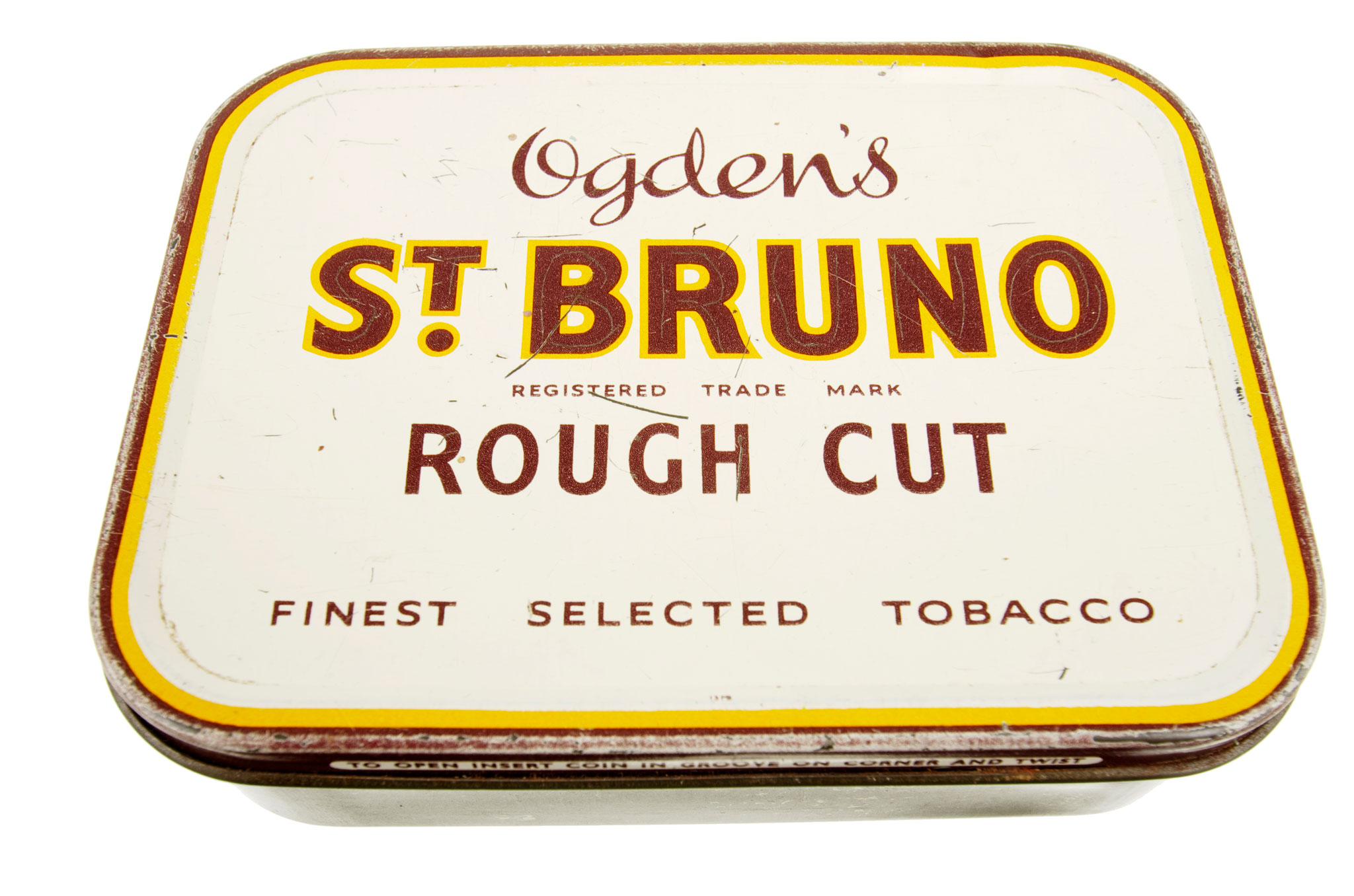
Gregory L. Pease's Pipe Smoking lifestyle meanderings for August 2021


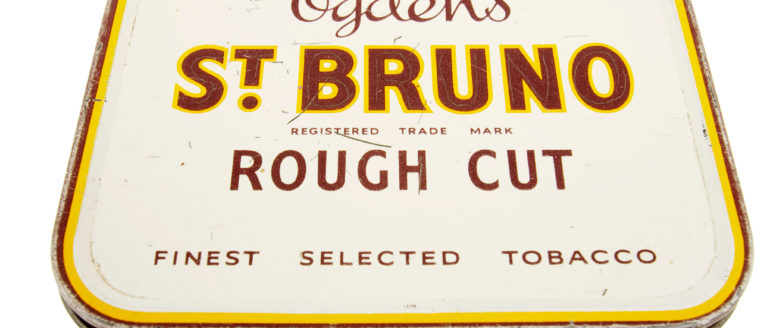
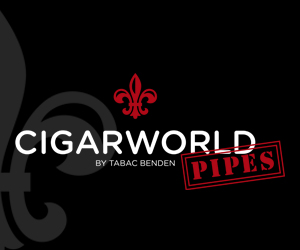



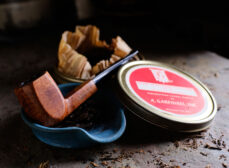
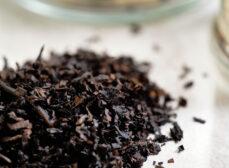



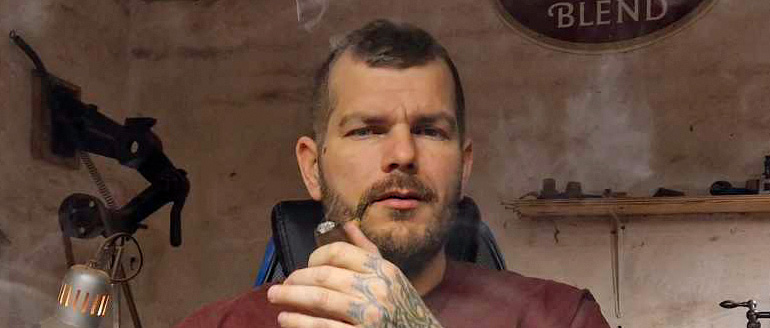
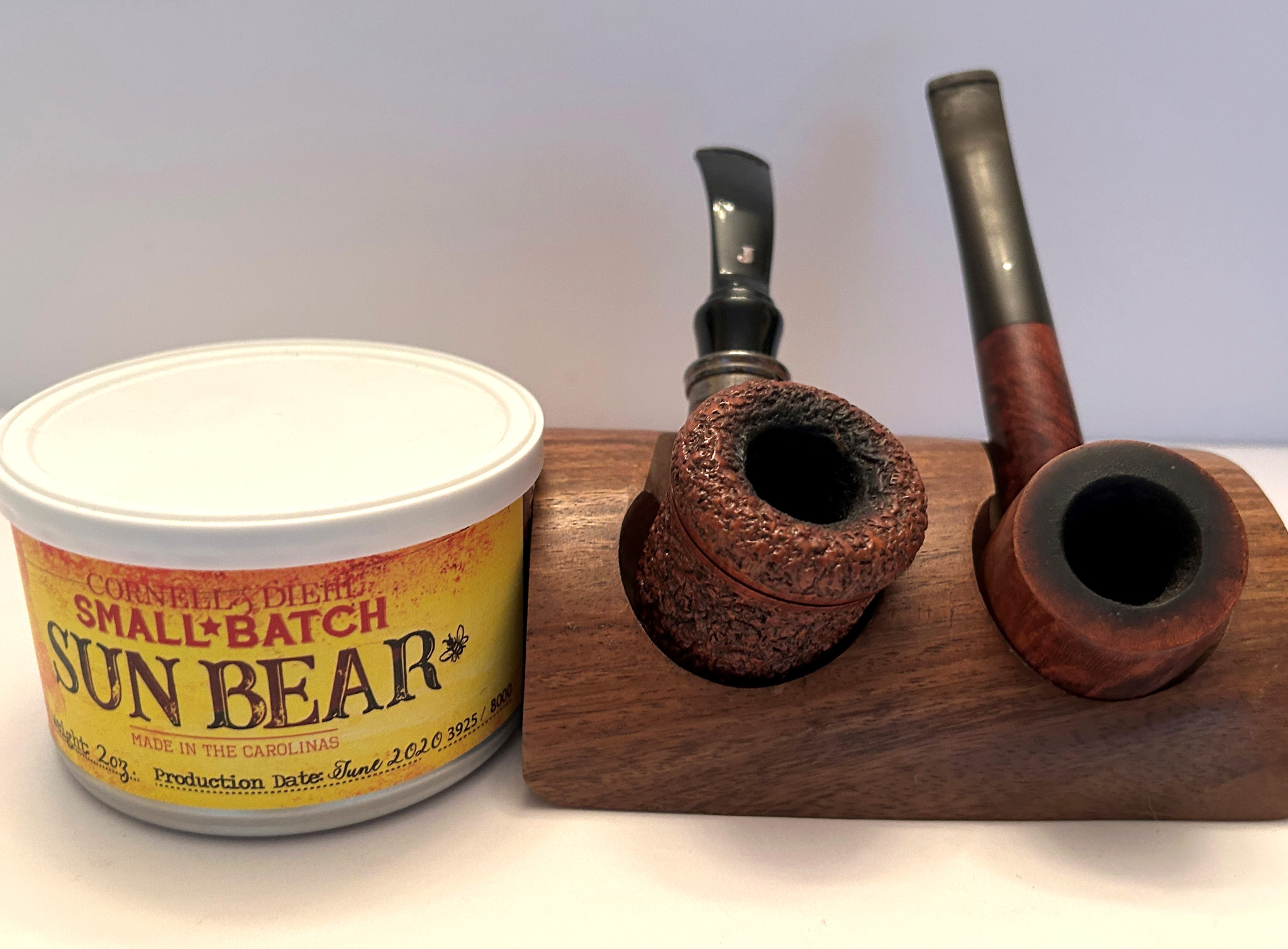


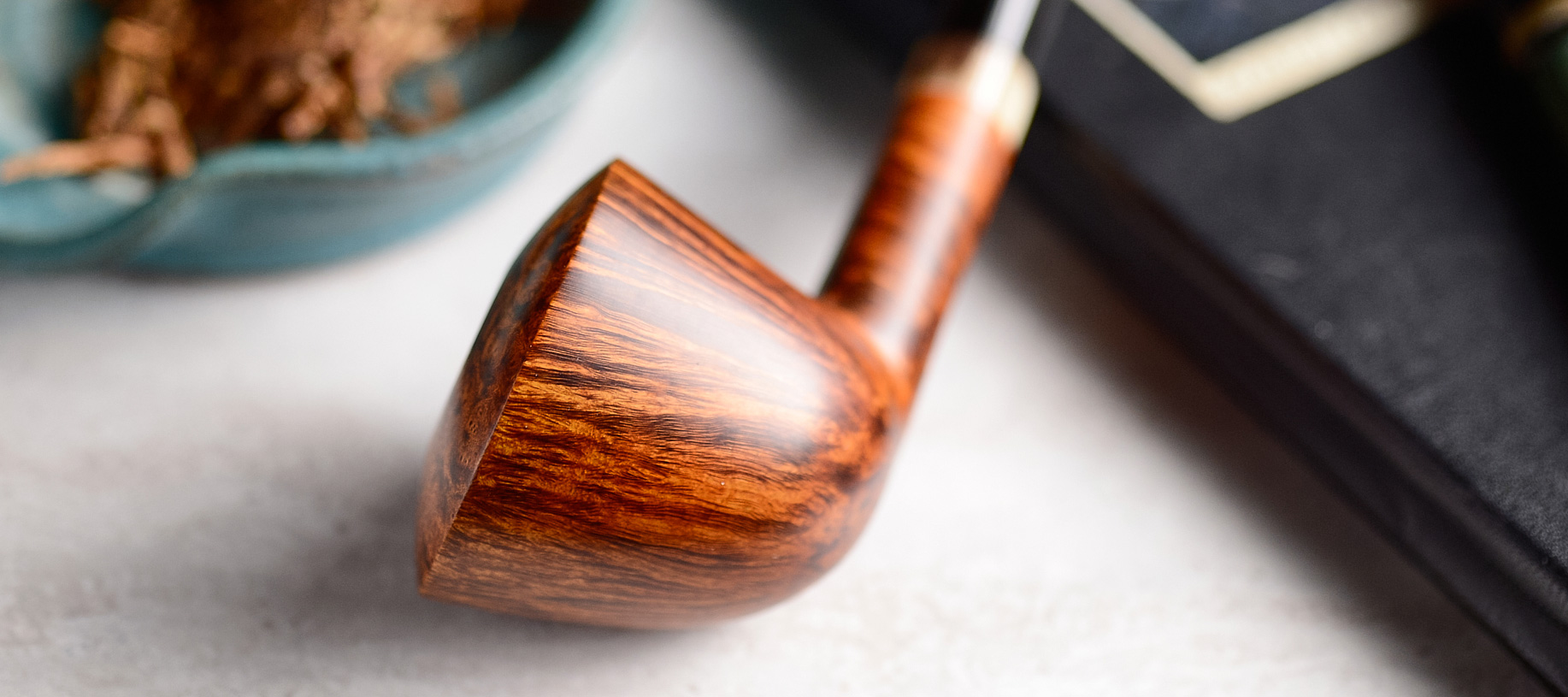



Couldn’t agree more!
Indeed, peoples’ own imaginations work hard to realize pleasure. A well disposed mind will often exceed an exquisite blend in satisfaction. The same pipe at two different price levels can sometimes have markedly different impressions on a new owner.
The brain has this capacity to lie to his/her owner in order to please so nothing out of the ordinary.
I do enjoy reading Mr. Pease’s musings. He writes well! ?
Thank you, Greg,
In our travels, most of us will stop at the local B&M shop. Many of them have their house blend. I found some of them absolutely ignorant about their housebland, er, I mean blend- when what they are selling is Lanes. Just renamed, “Hobbit’s Journey,” or “Sauron’s Revenge.” But, one or two in a few cities have claimed to blend what I knew were Lane’s or Sutcliffes.
I have a few of the revisited blends, in tins, on my shelf… I won’t open them yet. There is NO way my memory will be a good as yours,
THANKS,
JohnK
True blind tasting is so humbling and eye-opening. I was offered a blind sample of what was very nice quality virginia in a rubbed out state. No recognizeable topping really, and the smoking was pleasant but not incredible. It leaned to the smooth full end of things maybe more than the sharp/sweet/grassy end. Turned out it was Capstan blue, flake my friend had rubbed out to disguise it. And I couldn’t place it, nor was I especially praiseful of it. And I like Capstan well enough. It’s a fun experiment, and you wind up running only on the smoking experience, not the marketing, the hype, the dog on the label… tobacco for its own sake. Rattray products have stood up to this pretty well in our trials, they seem to have a “house flavor” that is recognizeable and enjoyable for many (not all). But when you get to more common or generic flavor profiles, boy it’s hard to pinpoint what you are smoking. Is this a flat virginia or does it have some burley? Am I tasting anise or imagining it? Fun stuff, and it changes the experience for sure.